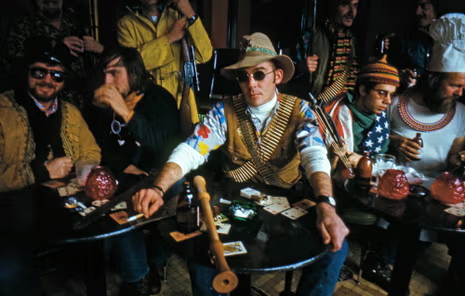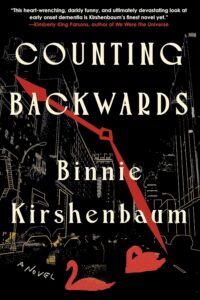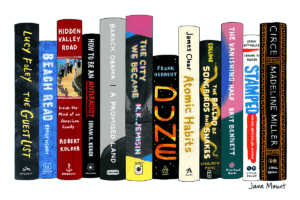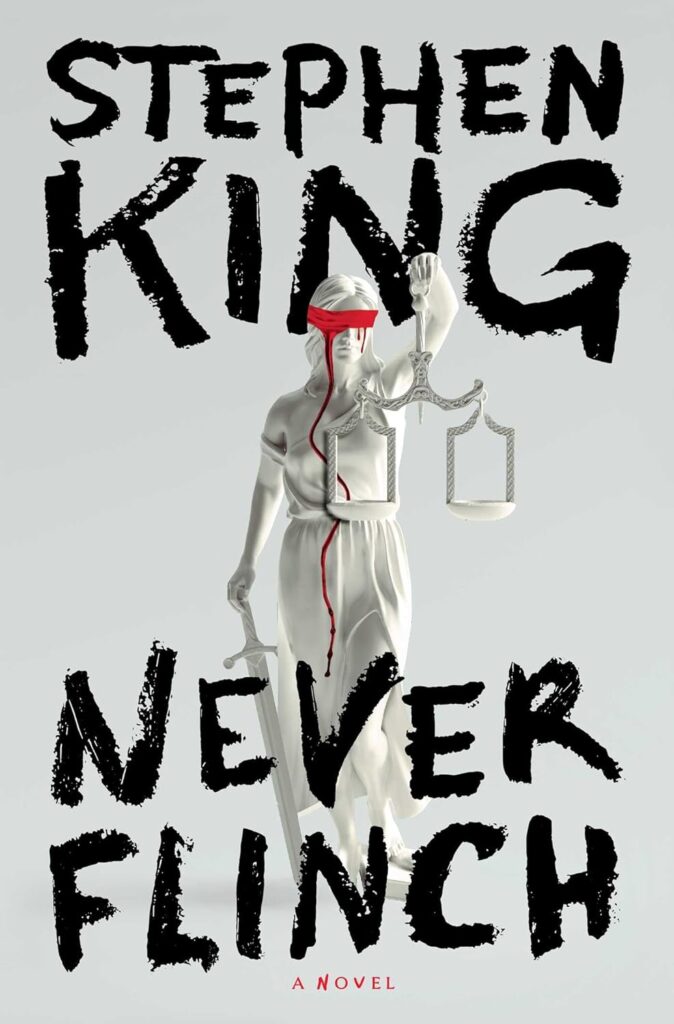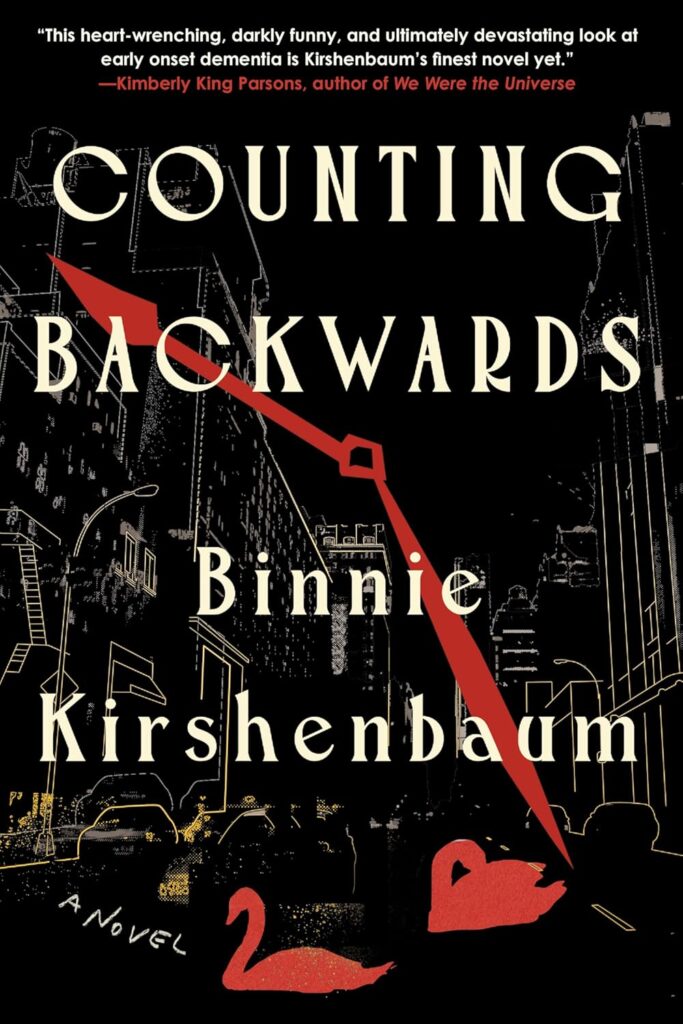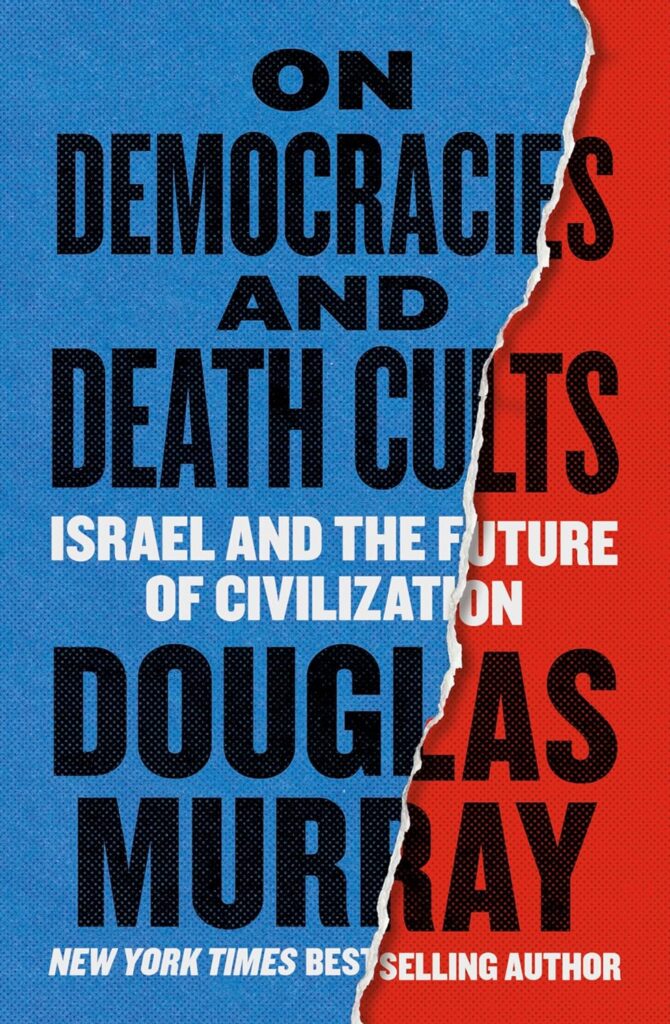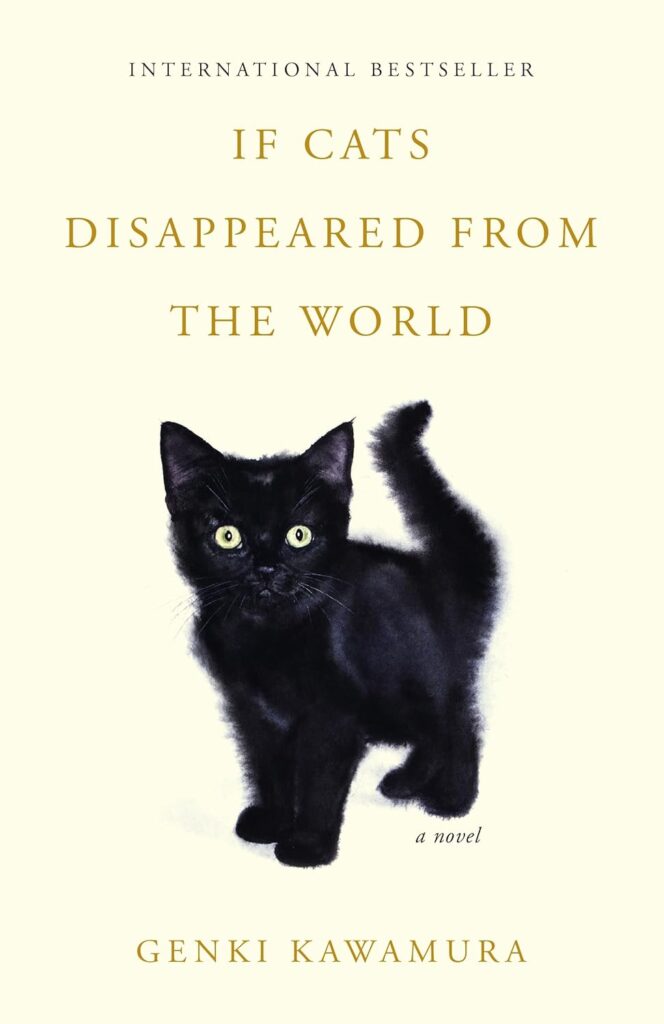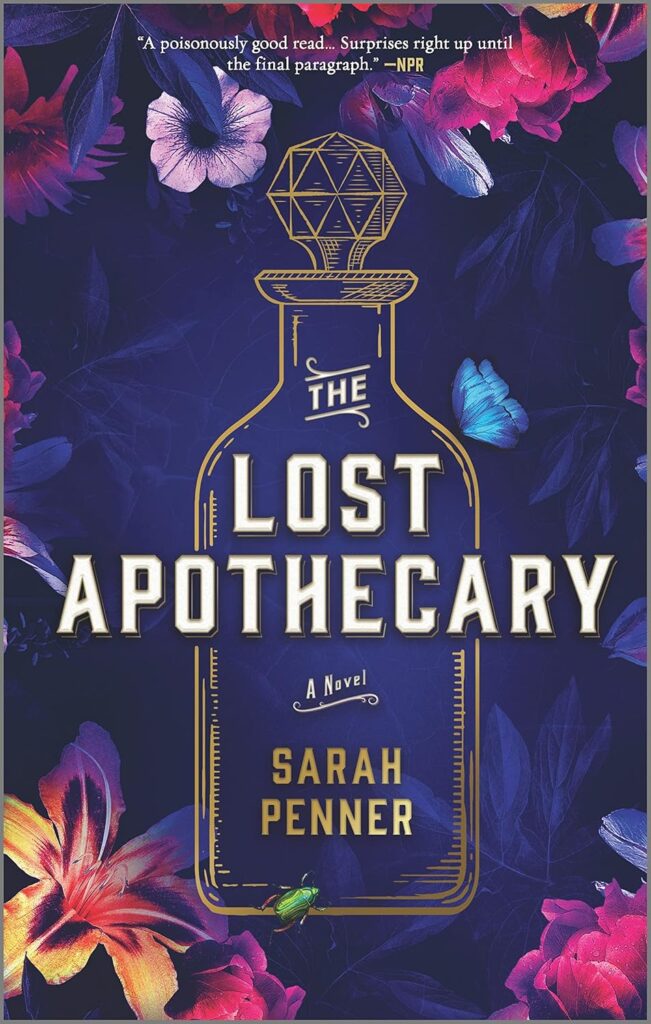If you’ve ever wondered what happens when journalism decides to throw objectivity out the window, buckle up—because Gonzo journalism takes you on one wild ride. It’s messy, immersive, and unapologetically personal, with the writer front and center in every chaotic scene they cover. Hunter S. Thompson kicked off this genre with his signature mix of raw honesty and absolute mayhem, cementing himself as a legend in the process. But here’s the thing—it’s not just about him. Gonzo’s rebellious spirit still echoes in modern storytelling, proving that sometimes, breaking the rules creates the most unforgettable stories. Want a reading list that guarantees an adrenaline shot straight to your brain? You’re in the right place.
Hunter S. Thompson’s Pioneering Works
Diving into Hunter S. Thompson’s most iconic works is like stepping into a surreal, chaotic, yet brutally truthful world. He didn’t just write stories—he flung himself into them, soaked in whiskey and cigarette smoke, and gave us raw insights wrapped in his rebellious charm. His books didn’t just add to journalism; they redefined its boundaries. Let’s break down three of his groundbreaking masterpieces that capture the unapologetic spirit of Gonzo journalism.
Fear and Loathing in Las Vegas: A Drug-Soaked Quest for the American Dream
What do you get when you mix a trunk full of drugs, a wild attorney friend, and a disdain for societal norms? Answer: Fear and Loathing in Las Vegas. This cult classic isn’t just about running amok in Vegas; it’s an outright dissection of the American Dream—punched up with hallucinogenic whirlwinds and biting satire.
In this work, Thompson himself is the protagonist (or anti-hero), traveling with his attorney, Dr. Gonzo, under questionable pretenses. Ostensibly, they’re covering a motorcycle race, but in reality, they’re on an odyssey of chaos and self-destruction. The book is a perfect embodiment of Gonzo journalism, blending fact and absurd fiction until the lines blur. Thompson made no attempt to stay objective—and why would he? Objectivity was just another lifeless concept that didn’t fit his narrative.
The themes in this book are heavy. It critiques consumerism, politics, and morality under the glaring neon lights of Las Vegas. What’s brilliant is how Thompson turns his internal monologue into something shockingly relatable (yes, even the parts involving acid trips). If you want to see how journalism can go off the rails in style, this is the book for you. Fun fact: When people talk about Gonzo journalism, this title is basically Exhibit A. You can check out more about it here.
Hell’s Angels: The Original Dive into Gonzo
Before Thompson became the wild-eyed legend we know today, there was Hell’s Angels: The Strange and Terrible Saga of the Outlaw Motorcycle Gangs. In this book, Thompson spent over a year riding, drinking, and surviving fist fights with the Hell’s Angels motorcycle gang. That’s not journalism—it’s infiltration.
What’s fascinating is how Thompson humanized these so-called terrors of society without glossing over their darker sides. He painted a complex picture of rebellion and nihilism, providing insight into what made these bikers tick. This wasn’t just a puff piece for thrill-seekers—it was an honest reflection of the counterculture bubbling under America’s squeaky-clean image of the mid-20th century.
The impact of this book was huge. It introduced the world to Gonzo’s signature first-person dive into chaos, setting the stage for the genre’s explosive rise. Thousands of readers got their first taste of Thompson’s unflinching style here, and they were hooked. Want to learn more about how it all began? Here’s some context.
Fear and Loathing on the Campaign Trail ’72: An Unfiltered Look at Politics
If you thought politics was a circus, Thompson’s Fear and Loathing on the Campaign Trail ’72 is here to convince you it’s more like a freak show. There’s no other book quite like it—it’s part campaign analysis, part rant, and unequivocally entertaining. Thompson followed the 1972 presidential campaign, not with the dry detachment of a political correspondent but with the sharp wit of someone who had zero tolerance for the usual crap.
This book takes you right into the mess, highlighting the hypocrisies, absurdities, and downright unsettling aspects of American politics. Thompson’s style here is rawer than ever; he doesn’t care about process or tact, he just pulls you into the narrative and holds nothing back. Through his lens, we’re reminded why politics is not just about power—it’s about spectacle.
What makes this book essential for Gonzo lovers is how it merges satire with serious critique. Through Hunter’s eyes, everything becomes both ridiculous and heartbreakingly real. Intrigued? You can discover more about its relevance here.
Hunter S. Thompson didn’t just rewrite the rules of journalism—he ripped them up, threw them out the window, and lit them on fire for good measure. These works represent Gonzo journalism at its absolute peak, each showcasing his no-holds-barred approach to storytelling. Want to see what happens when the journalist is the story? These books are all you need.
Other Essential Gonzo Journalism Books
Hunter S. Thompson might dominate the Gonzo genre with his flamboyant personality and chaotic storytelling, but he’s not the only one worth reading. If you’re digging the Gonzo vibe, let’s talk about three other must-read authors who pushed journalistic boundaries in their own distinct ways. These books might not scream “wild road trip” or “psychedelic haze,” but they’ll absolutely pull you into their gritty, nuanced narratives.
The New Journalism Anthology by Tom Wolfe
 Photo by Ron Lach
Photo by Ron Lach
Let’s start with the godfather of “New Journalism,” an umbrella term that practically birthed Gonzo. Tom Wolfe’s The New Journalism Anthology is a one-stop shop for anyone curious about how storytelling in journalism got flipped on its head. This collection doesn’t just dip into Gonzo methods. It lays the foundation by bringing together a diversity of voices and techniques that broke away from the boring, fact-based rigidity of old-school journalism.
Wolfe doesn’t just curate; he commands your attention with his sharp introductions that connect the dots between the works in the anthology. From hyper-detailed narrative techniques to the unapologetic use of subjectivity, this book celebrates everything Gonzo stands for—except it’s more like a family tree showing how the genre evolved. Reading it is like following the history of rebellious writing through the decades.
Want to know more? You can check it out here or here for a deeper dive into this influential compendium.
Norman Mailer’s ‘The Armies of the Night’
Some books wear their Gonzo influences like a badge of honor, and Mailer’s The Armies of the Night is a prime example. This isn’t your average journalistic take on historical events. Mailer makes himself the protagonist (sound familiar?) as he goes knee-deep into the chaos of the October 1967 March on the Pentagon. He turns what could’ve been a straightforward history lesson into a deeply personal and reflective experience.
What makes this book stand out is its dual identity—Mailer dubs it “History as a Novel, The Novel as History.” Let’s face it, the self-referential style is peak Gonzo, and Mailer milks it for all it’s worth. He critiques himself as much as the system he’s writing about, blending wit, seriousness, and, at times, sheer ego. It’s storytelling with the cuffs off, echoing Gonzo ideals of living (and feeling) a story rather than simply reporting it.
Curious? Learn more on Wikipedia’s writeup or check its availability on Amazon.
Joan Didion’s Essays
Joan Didion may not advertise herself as Gonzo, but her essays practically dance within its stylistic borders. Where Thompson is loud and brash, Didion is subtle and haunting—but don’t mistake that for passivity. Her work digs into the “feel” of a moment with her pinpoint-precise prose, a central trait she shares with Gonzo icons.
If you’ve read Slouching Towards Bethlehem or The White Album, you know what I’m talking about. Didion weaves herself into her subjects not by clinking glasses at the party but by standing in the corner, observing, and processing. She taps into the personal while maintaining sharp cultural critiques, creating essays that stay glued in your brain long after you’ve read them. It’s Gonzo, but quieter and just as incisive.
For those new to Didion, her seminal essay On Self-Respect is an excellent jumping-off point—careful, though, her serene-yet-piercing style may have you hooked. If you’re curious about her best works, check out this insightful collection here or here.
If you’re building a shelf of must-read books, these aren’t just filler. Wolfe, Mailer, and Didion show the adaptability and universal appeal of Gonzo-style journalism, each contributing to its evolution in their own unique way. Dive into these works—you won’t regret it.
International Adaptations of Gonzo Journalism
Gonzo journalism isn’t just an American export; it’s a global phenomenon that thrives on individuality and local flair. Since Hunter S. Thompson first dragged readers into his chaotic, first-person journalistic escapades, writers around the world have picked up the mantle, adapting it to their own political and cultural landscapes. This section breaks down how Gonzo’s wild energy has been interpreted across Europe, Africa, Asia, and more. Plus, we’ll talk about some of the contemporary voices keeping that Gonzo spirit alive.
European Interpretations
Europe has its own unique twist on Gonzo journalism, with writers melding the genre’s immersive style to dissect everything from hedonistic subcultures to grim political realities. In France and Germany, for instance, authors often lean into existentialism or absurdism while riffing on Gonzo’s familiar rejection of objectivity.
One standout is British journalist Jon Ronson, whose works like The Men Who Stare at Goats mix a Gonzo-esque fascination with the bizarre and a knack for threading humor through genuinely outlandish real-life scenarios. Similarly, Italian author Roberto Saviano, in his book Gomorrah, dived fearlessly into the nefarious activities of the Camorra crime syndicate—a move so risky, he’s been living under police protection ever since. It’s one thing to witness the chaos of a Las Vegas jaunt, but uncovering the mafia’s grip on local economies? That’s an entirely different level of Gonzo-inflected bravery.
In Eastern Europe, Gonzo journalism’s edge finds a natural fit amidst the fallout of political upheaval. Authors in countries like Poland and Hungary explore topics such as corruption and socio-economic disparity with a gritty, unapologetically subjective lens that feels deeply Gonzo, even if they don’t brand it as such.
For examples of European adaptations, you can explore Fear and Loathing Worldwide, a fascinating compendium unpacking the global spread of the Gonzo ethos. Grab it here.
Gonzo Journalism in Africa and Asia
Africa and Asia offer entirely new dimensions to Gonzo journalism, weaving cultural history, traditional storytelling, and modern-day grit into the genre’s often chaotic form. Here, the voice of the journalist becomes not just a narrator but a bridge between past and present, personal and societal.
In South Africa, Gonzo-style narratives often tackle the legacy of apartheid. Investigative journalists like Anton Harber use this immersive approach to shed light on the darker truths rarely touched by sanitized global coverage. His literary endeavors mirror the way Hunter S. Thompson shone a spotlight on America’s failings—only here, the focus shifts to systemic racism, economic disparity, and political corruption.
Meanwhile, in Asia, Gonzo journalism often intersects with growing urbanization and the fallout from globalized economies. Japanese author Ryu Murakami’s reportage offers a raw, first-person perspective into Tokyo’s subcultures, echoing Gonzo principles with a distinctly Japanese storytelling flare. And in India, writers like P. Sainath adopt a similar gonzo-like immersion to report on rural poverty and agrarian crises, capturing politically charged stories from a deeply personal perspective.
Imagine the Gonzo boldness it takes to bring these topics into mainstream discourse, especially in cultures that hold such respect for traditional norms. If you’d like to understand more about these adaptations, a quick read through Gonzo journalism’s global impact is a solid starting point.
Modern Voices Adopting the Gonzo Ethos
So, where does Gonzo stand now? Despite being rooted in the seat-of-your-pants chaos that defined the 70s, its influence extends across digital media, blogs, and contemporary memoirs. These days, more and more journalists and writers are blending Gonzo’s principles with modern platforms, bringing then-and-now moments to life in ways that feel incredibly relevant.
Take Matt Taibbi, a modern-day political writer who’s carried Thompson’s torch in books like The Great Derangement. He writes with the same biting, sarcastic tone and “stick-it-to-the-man” energy that defined early Gonzo—only now, the villains are Wall Street bankers and corrupt politicians. Then there’s immersive journalism in blogs and independent digital outlets. Websites like Skillshare’s Gonzo guide highlight how amateurs and pros are adapting this style for a new online audience.
The current generation of Gonzo storytellers also see inclusivity as part of its ethos, with investigative work done by women, LGBTQ+ folks, and writers from communities of color. This makes the genre break even more boundaries than it already has.
So, what’s next for the wild, wonderful rollercoaster that is Gonzo journalism? Maybe the question isn’t what’s next—it’s who’s bold enough to take it there next.
Why Gonzo Journalism Continues to Matter
At first glance, Gonzo journalism might seem like a relic of the whiskey-soaked, smoke-filled 70s—a chaotic response to an equally chaotic time. But here’s the twist: it’s not just hanging around as a nostalgic throwback. Gonzo is alive and kicking, refusing to fade in a world where storytelling is constantly evolving. If anything, in our era of endless information and fragmented media, Gonzo’s rule-breaking, in-your-face style feels more relevant than ever.
A Radical Approach to Storytelling
Picture this: traditional journalism often acts like a fly on the wall—quiet, objective, and polite. Gonzo journalism? It’s more like a bulldozer crashing through the living room, dragging you in whether you like it or not. This genre thrives on complete immersion, tossing objectivity out the window and replacing it with a gritty, subjective perspective. The journalist doesn’t just report the drama—they’re in it, neck-deep, steering the narrative while taking the reader along for the ride.
Why does this matter? Well, Gonzo forces you to feel the messy reality of a story instead of just skimming the sanitized facts. Hunter S. Thompson’s Fear and Loathing in Las Vegas is a prime example, as it’s less about covering an event and more about living through its chaotic essence. That first-hand, unfiltered viewpoint changes how we consume the story. It’s like swapping a black-and-white map for an adrenaline-filled GoPro adventure. You can read more about this storytelling shift on McGill Daily.
In a world where polished Instagram feeds and heavily edited headlines dominate, there’s something refreshingly raw about Gonzo’s approach. It’s chaotic, sure—but life is chaotic too. And Gonzo doesn’t shy away from presenting reality in all its messy, beautiful complexity.
Legacy in Modern Media
You might not see bloggers or podcasters waving a giant “Gonzo” flag, but its influence is everywhere. Ever watched VICE documentaries that plop the reporters right into war zones or underground rave scenes? That’s pure Gonzo energy. Modern media has borrowed heavily from this style, blending subjective storytelling with immersive narratives.
Even in today’s click-driven and algorithm-fed media, you’ll find echoes of Gonzo. The rise of so-called “participatory” journalism mirrors the genre’s ethos, where writers embed themselves into situations to uncover nuances that might otherwise be missed. Websites like Medium explain how Gonzo’s unapologetic subjectivity and personal narrative have carved a niche in modern formats like vlogs, podcasts, and even TikToks.
Gonzo’s influence hasn’t just stayed in journalism—it’s seeped into any platform where storytelling matters. Whether it’s someone live-tweeting their protest experience or unpacking politically charged topics on YouTube, the spirit of Gonzo—that blend of immersion and candor—continues to resonate.
Cultural and Social Impacts
Here’s the undeniable truth: Gonzo journalism isn’t just about writing chaotic prose—it’s about truth-telling, even when the truth is inconvenient, awkward, or downright ugly. By putting human experience front and center, Gonzo-style reporting has influenced cultural and social conversations in profound ways.
For instance, Gonzo doesn’t shy away from the taboo. It dives into sociopolitical issues like police brutality, protests, and class disparity, not as an observer but as a participant. This participatory lens has shifted how we understand big, complex issues, giving us on-the-ground insights from people who are actually living them. It’s like turning up the volume on perspectives that might otherwise be muted.
In today’s polarized climate, where some news skews overly sanitized or blatantly biased, this raw and unfiltered storytelling pushes people to confront uncomfortable truths. For example, Gonzo-style narratives have been vital in documenting recent protests, giving a voice to unfiltered realities often glossed over by mainstream outlets. You can see how it plays an important role in storytelling even today at Out Front Magazine.
Ultimately, Gonzo injects humanity into every story it touches, making it less about articles and statistics and more about real people, real struggles, and real change. It serves as a reminder that behind every headline, there’s a heartbeat. And if a story doesn’t feel alive, is it even worth telling?
What makes Gonzo special is its ability to evolve while remaining true to its rebellious core. As the media landscape continues to shift, one thing is clear: the world still needs Gonzo journalism—not just because it’s entertaining, but because it dares to be honest.
Conclusion
Gonzo journalism isn’t just a wacky detour in the literary world—it’s a full-blown, high-octane statement that journalism doesn’t have to be stuffy or detached to matter. Whether you’re plunging headfirst into Hunter S. Thompson’s drug-fueled escapades, feeling Norman Mailer’s existential angst, or soaking in the quiet sharpness of Joan Didion, these books remind us that storytelling is just as much about the how as it is the what. They’re messy, bold, and unapologetically human—a slap in the face to passive observation.
If you’ve gotten this far, here’s the deal: pick a title from this list and let it wreck your idea of what journalistic writing can be. Then let’s talk. Because the impact of Gonzo—on literature, media, and the way we see the world—is way too good to keep to yourself.

